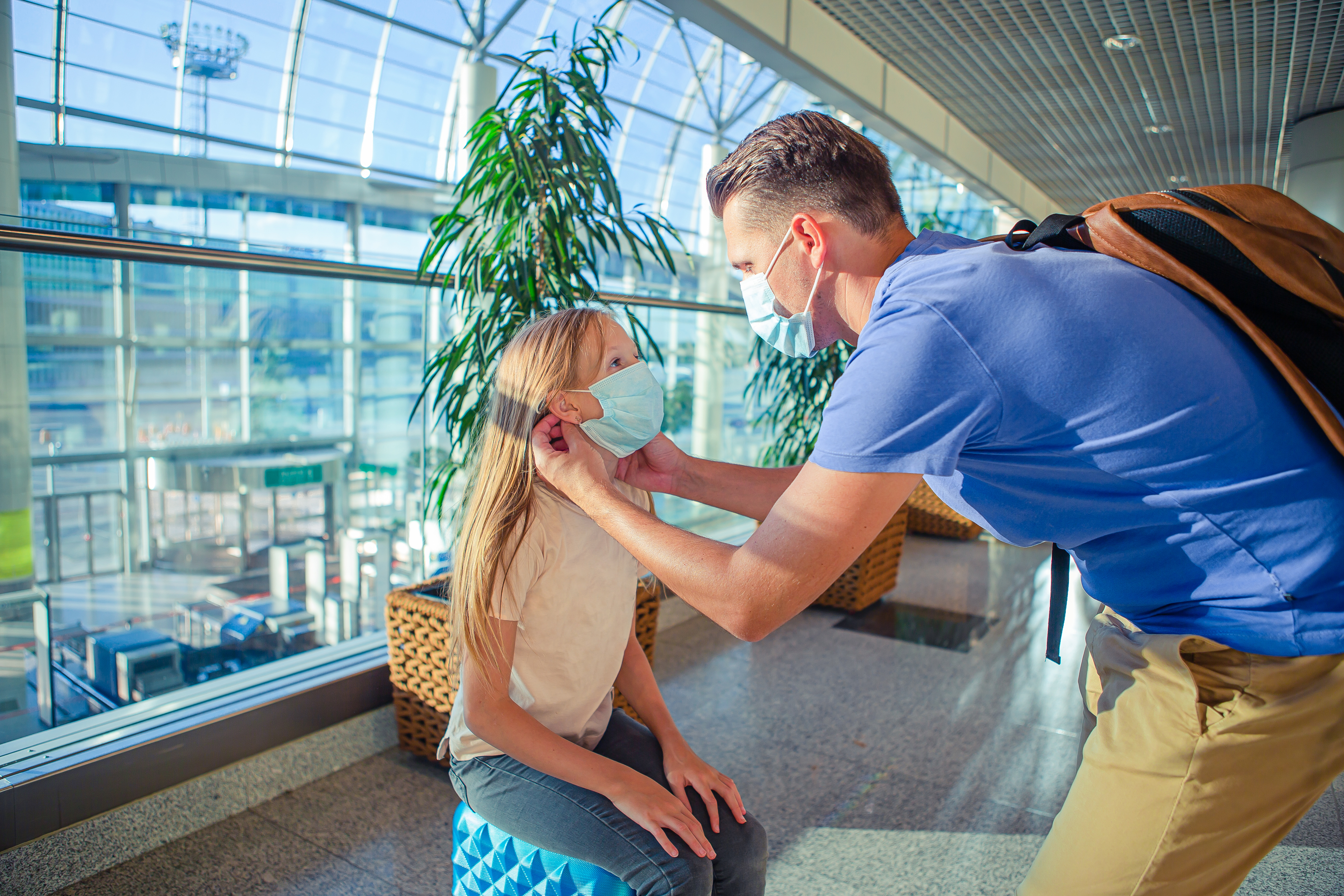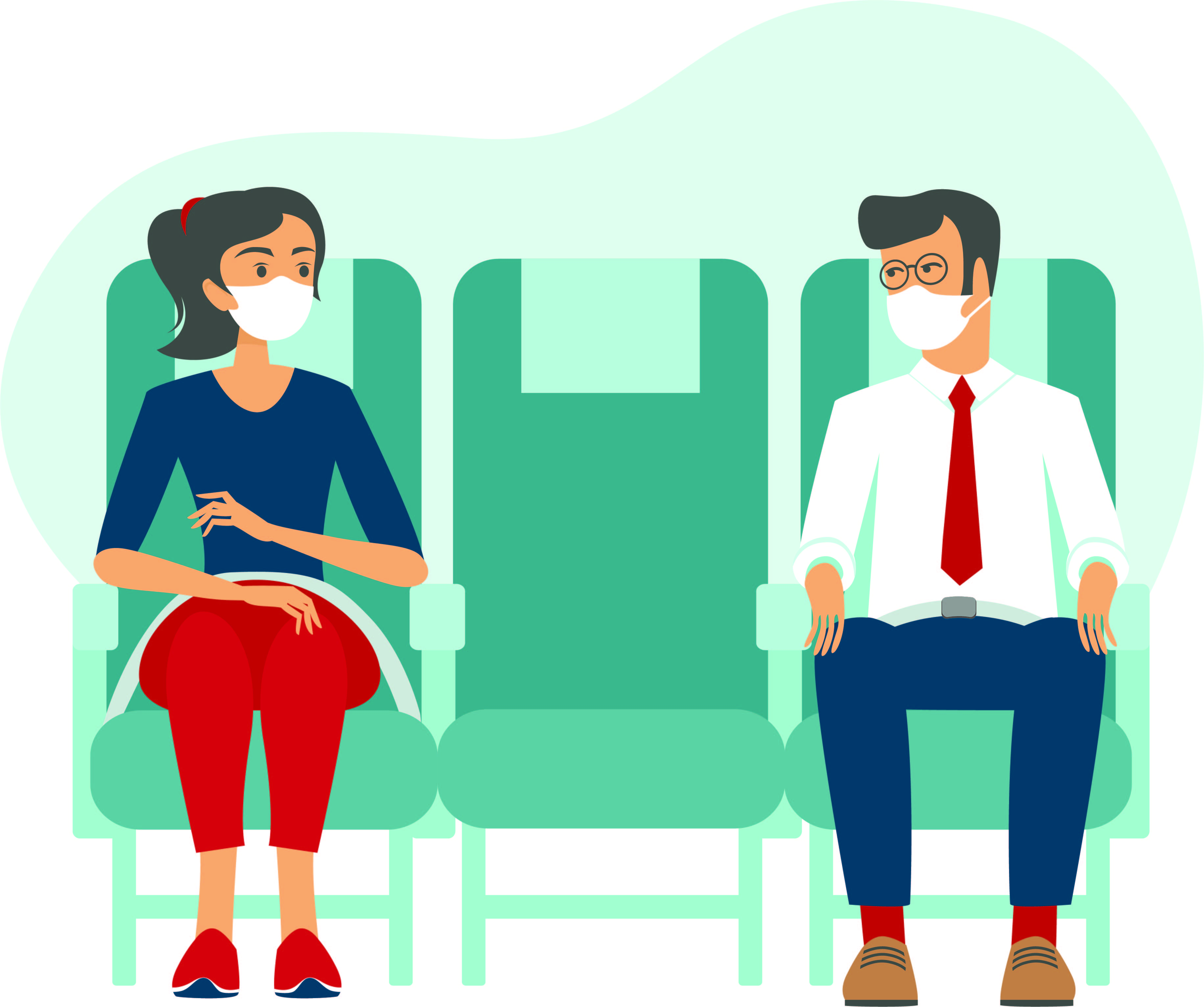
Holiday Travel During COVID-19
Filed Under: COVID
Kayla Myhre
Director, Shopper Insights Research
As we near the end of 2020, it’s safe to say that it hasn’t been the year that anyone was expecting. It’s been a very tough year with the COVID-19 pandemic affecting many aspects of day-to-day life, as well as long-term plans. Several employees are still working from home, while others continue to commute to essential jobs. Some children are attending school virtually, while others take the bus to school for in-person learning. Many have not seen friends and family as often, and some have even had to delay or cancel weddings, birthday celebrations, and vacations.
Nearly every day, since the onset of the pandemic, has brought about change and uncertainty. It seems that this is what we can continue to expect for the coming months. And, with the holiday season right around the corner, we can assume that it, too, will likely look different than previous years.

For many, the holidays typically include traveling to see family to celebrate in-person with loved ones. This year, that may change due to new challenges imposed by the pandemic. In 2019, the Transportation Security Administration (TSA) recorded the top 10 busiest travel days since its onset in 2001. Atop the list was the Sunday after Thanksgiving, the busiest travel day ever recorded by the agency, with over 2.8 million passengers and crew members having taken to the skies that day. Now, almost one year later, travel is looking much different.
While many companies and institutions have faced difficulties in 2020, the travel industry has taken an exceptionally hard hit. In mid-April of this year, air travel plummeted to a low of only 3.5% compared to the same time period in 2019 when travel was averaging over two million passengers per day. During October of 2020, travel has increased slightly; but is still 60-70% lower than in 2019. Nevertheless, with the holidays approaching, one might expect an uptick in air travel; and while this may reign true, many consumers are hesitant at the idea of flying.
In August, C+R hosted its seventh Consumer Connections Panel, Summer Vacation and Travel, and completed a 300-person survey to better understand consumers’ evolving attitudes during the COVID-19 pandemic. More than half of consumers surveyed noted that in order to feel safe about air travel, they would need assurance of strictly enforced mask mandates and guaranteed in-flight social distancing. Beyond that, 42% of consumers noted that they would not feel safe traveling until a vaccine is widely available.
Despite many airlines enacting additional safety precautions, such as mandatory masks and vigorous cleaning procedures, consumers’ worries persist. One consumer from the Consumer Connections Panel admitted that “even if it were safe, I’d be way too nervous to fly.” These feelings of worry linger and seem to be flowing over into holiday planning.
Just a few short weeks away from Thanksgiving Day, interest in domestic and international flights is significantly lower than in previous years. According to Kayak.com, as of October 1, 2020, flight search interest is 54% lower than one year ago. This leads us to speculate about what the holidays will look like in 2020, and consumers are wondering as well. Amid a global health pandemic, countless considerations and questions must be addressed for consumers to make holiday travel plans as safely and as comfortably as possible. Let’s explore some of these tough questions that many are currently pondering:
Should I travel for the holidays or stay home?
The ultimate question that many are asking themselves: “Is it safe to travel for the holidays?” While the answer to this question is loaded with factors to consider, ultimately, consumers must choose what is best for themselves and their families. As an overarching standard, the CDC Travel Guidelines state that “staying home is the best way to protect yourself and others from COVID-19.” Even the CDC understands that the holiday season incites more motivation to travel than other times of the year. For this reason, the CDC has outlined various guidelines to help Americans make the safest possible travel plans.
How do I travel?
While some consumers are wary of flying, some are still aiming to see family over the holidays, and based on C+R’s 7th Consumer Connection online panel discussion, Summer Vacation and Travel, driving seems to be the most common alternative. Many are opting to drive over flying, even if this means cross-country road trips. One consumer even noted this as a baseline, saying, “My travel back home is going to be limited to if I can make the drive.”
The CDC does warn that there may be risk associated with stops for gas, food, or bathroom breaks, as it can put travelers “in close contact with other people and frequently-touched surfaces.” Still, being in one’s vehicle makes social distancing considerably easier than flying, increasing feelings of safety and comfort.
What restrictions limit my travel?
Travel destinations also can play a role in holiday planning. With many areas of the country reporting recent spikes in COVID-19 cases, state, local, and territorial governments have enacted restrictions for people traveling from high-risk areas. As of mid-October, 18 states have officially implemented such constraints, including mandatory quarantine periods, stay-at-home orders, or testing requirements.

Travelers should be sure to check with local health departments for any applicable travel restrictions at their destination regardless of the method of transportation. In some states, potentially needing to quarantine for up to 14 days after arrival may infringe on holiday plans, which some find too burdensome to bother traveling. This is the case for one consumer in the Consumer Connections panel, explaining that he doesn’t “want to travel somewhere and have a mandatory 2-week quarantine as our entire vacation.” Though again, each person must weigh the individual benefits and drawbacks of their holiday destination.
All in all, with logistical and safety considerations regarding travel and celebrations this year, the holiday season will likely look different for many people. Unlike delayed vacation plans that can be put off a year or two, holiday traditions are celebrated during a specific time of the year making it difficult, for instance, to celebrate Thanksgiving in March instead of November.
And it’s not just where we physically choose to celebrate the holidays that will be different, how we celebrate will differ as well. In-person celebrations may include wearing face masks, social distancing, seeing fewer people, or may even be held outdoors, among various other safety precautions. On the other hand, some may opt to celebrate the holidays virtually, connecting with family and friends from afar. Regardless of how you choose to celebrate this year, C+R hopes that you stay safe, healthy and that you enjoy the holiday season.
explore featured
Case studies

